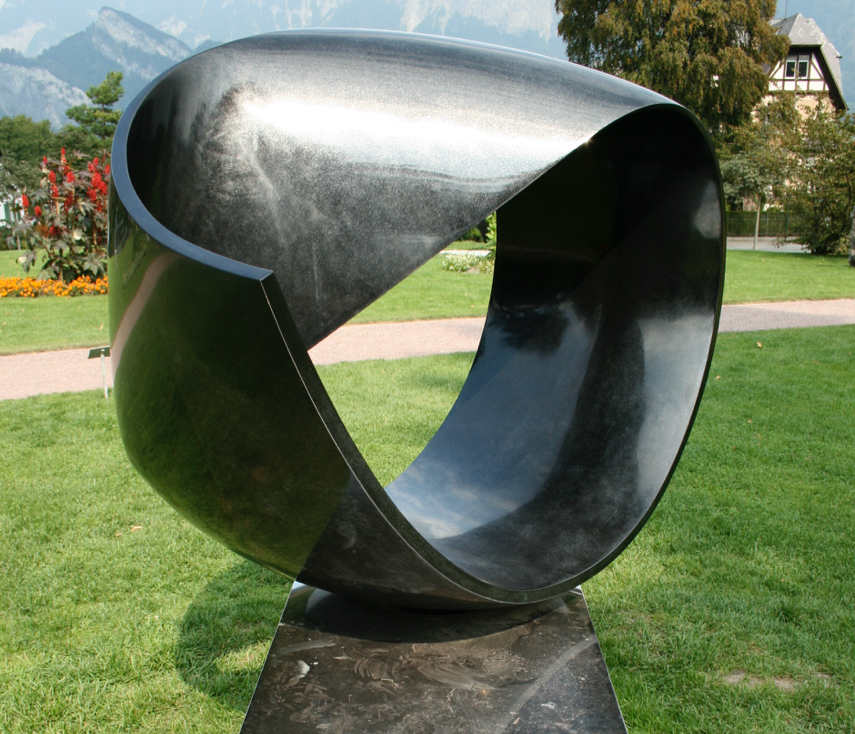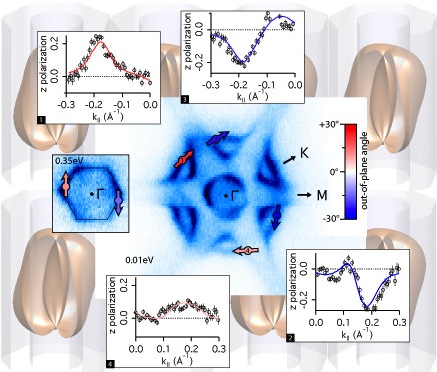
(Linea del Tempo continuo · Silvio Santini)
In the Laboratory for Topological Matter we study the influence of topology on the electronic structure, magnetic properties, and phase transitions. The studies systems include, among others, various types of topological insulators, Dirac, Weyl and related semimetals, skyrmions, transition metal oxides, and multiferroic materials. The topological properties are investigated using a variety of photon-based spectroscopic techniques such as ARPES and RIXS both at the Swiss Light Source of the Paul Scherrer Institute and at the LACUS laser facility at the EPFL. Special attention is paid to the reciprocal space spin textures of materials and the possibility to actively influence these.





